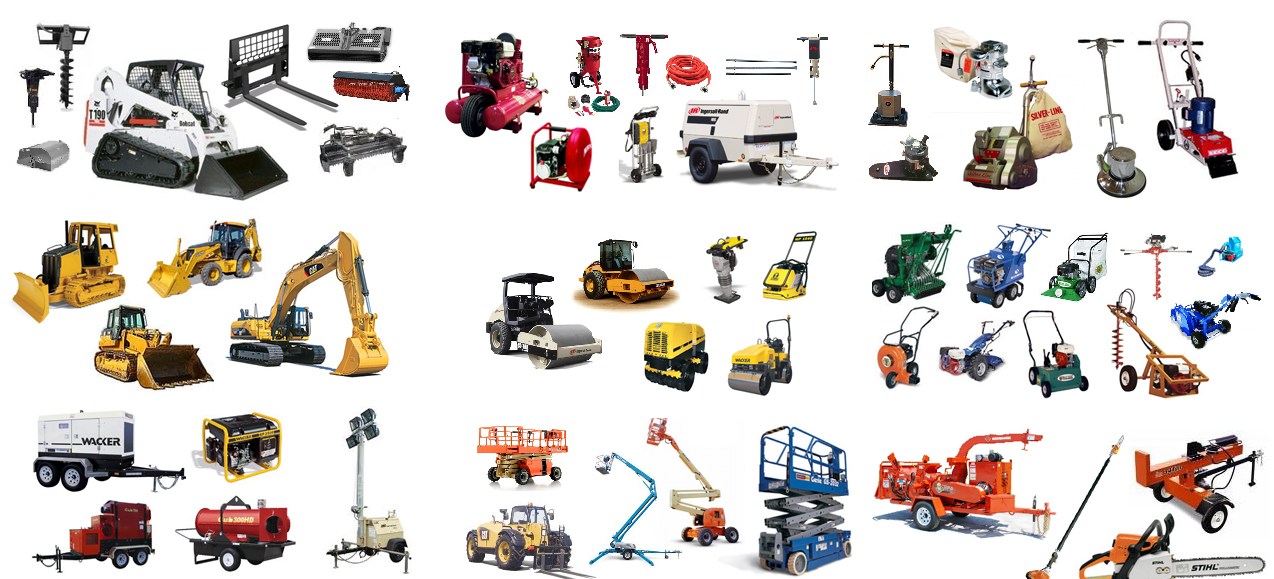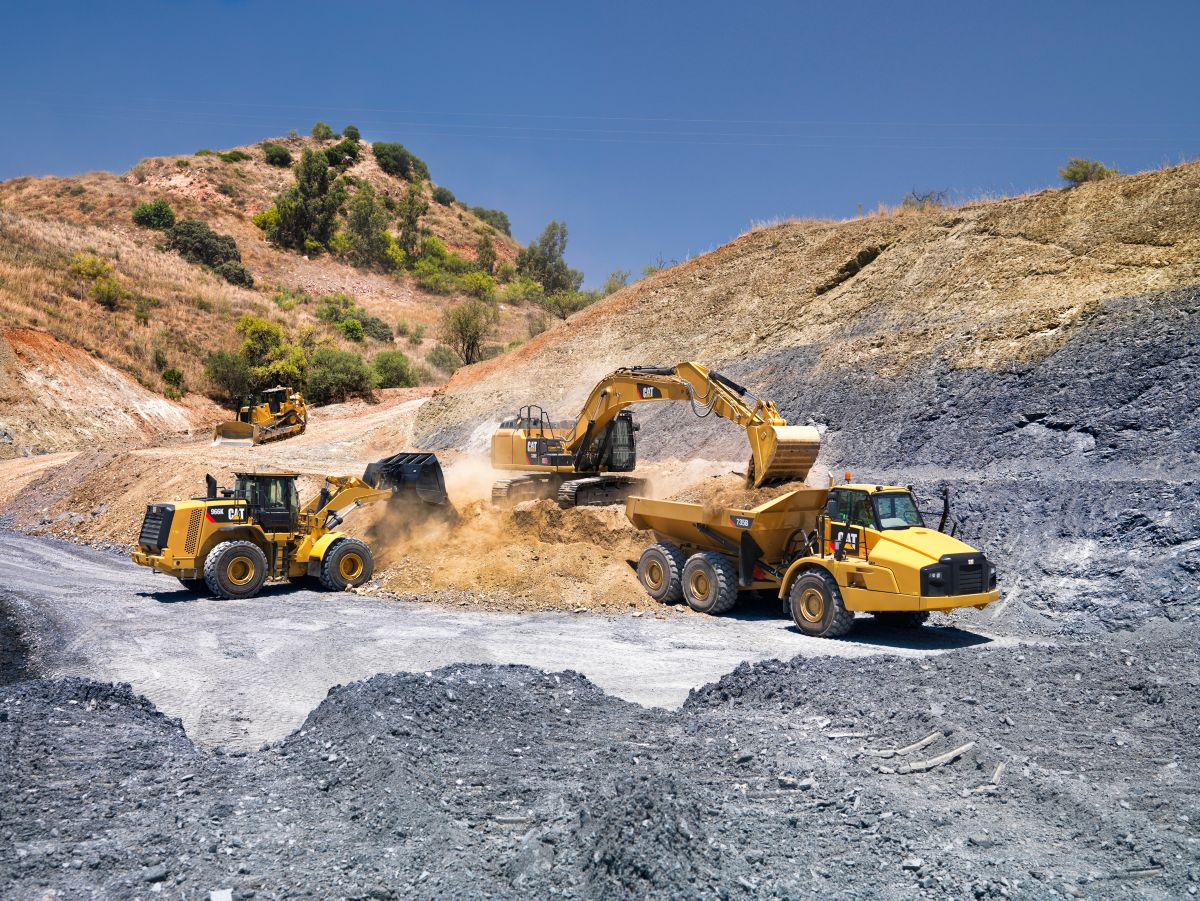Forklift Rental: Heavy Lifting Equipment for Warehousing and More
Forklift Rental: Heavy Lifting Equipment for Warehousing and More
Blog Article
Optimize Your Budget Plan by Understanding the Costs Related To Building And Construction Devices Rentals
Understanding the complete extent of expenses associated with construction devices leasings is critical for optimizing your budget plan. What approaches can be employed to successfully take care of these costs and make sure an extra efficient rental experience?
Review of Rental Expenses
When considering building and construction devices rentals, understanding the associated expenses is paramount for reliable budgeting and job preparation. Rental expenses can vary dramatically based on several variables, including tools type, period of leasing, and location. The first rental fee usually shows the tools's market demand and its linked operational capabilities, affecting the total expenditure.
Along with the base rental price, ancillary expenses might occur, such as transportation charges, gas surcharges, and upkeep costs. It is necessary to make up these additional costs to properly assess the overall price of renting out equipment. The rental duration can impact rates; longer leasings might certify for affordable prices, while short-term services may sustain higher daily fees.

Breakdown of Rental Rates
An extensive understanding of rental rates is necessary for specialists and job managers aiming to maximize their budgets. Rental rates for construction equipment generally include a number of elements, including base rates, time-based costs, and use charges.
Base rates are the core fees connected with the rental of the tools, usually established by the kind and size of the machinery. These prices can vary considerably, influenced by variables such as devices need, accessibility, and regional market fads. Time-based fees, which may be daily, weekly, or monthly, offer to fit different task timelines and rental periods.
Additionally, rental prices might consist of use charges, which apply when tools is used beyond a defined threshold, guaranteeing that the rental company can make up deterioration. Seasonal need changes can likewise influence rental rates, with peak building and construction seasons normally regulating greater costs.
Additionally, comprehending the rental company's plans pertaining to upkeep and insurance can provide more insight right into the general price structure. By assessing these elements, service providers can make enlightened decisions, making certain the selection of rental devices aligns with both task demands and budget restrictions.
Additional Charges to Take Into Consideration
Understanding the ins and outs of added fees is essential for specialists to handle their total rental costs successfully. Past the typical rental prices, various additional fees can significantly impact the total cost of equipment rental. These fees typically consist of distribution and pick-up costs, which can differ based on distance and logistics associated with moving the tools to and from the work website.
In addition, some rental companies may impose gas additional charges if the tools is returned with much less fuel than when rented out. It is likewise necessary to recognize possible cleaning fees, particularly for specialized equipment that calls for view it now detailed upkeep after use.

Extensively assessing the rental arrangement and clearing up these additional costs in advance can help professionals make certain and stay clear of unexpected prices that budgets remain undamaged throughout the project lifecycle.
Upkeep and Fixing Expenditures
Regular repair and maintenance expenses are typically ignored variables that can dramatically affect the total cost of building and construction devices services. When renting tools, it is vital to consider not only the rental costs but additionally the prospective expenses associated with maintaining the equipment in optimal operating problem.
Many rental business include standard maintenance as component of the rental arrangement; however, a lot more unanticipated breakdowns or comprehensive fixings can bring about extra costs. It's necessary to evaluate the rental agreement meticulously to recognize what upkeep solutions are covered and what responsibilities drop on the occupant.
Furthermore, equipment that is not well-kept can cause inadequacies on duty site, potentially causing delays and enhancing job prices. To minimize these threats, it is recommended to perform normal examinations and keep open interaction with the rental provider regarding any issues that occur during use.
Insurance and Liability Prices
Insurance coverage and obligation costs are crucial elements that can substantially affect the total expenditure of building and construction tools leasings (boom lift rental). These costs make certain that both the rental company and the customer are protected from potential economic losses developing from crashes, damages, or burglary during the rental duration

In backhoe addition, clients need to know any deductibles or exclusions in the insurance coverage, as these can affect possible out-of-pocket expenses. Recognizing the conditions of any type of insurance policy coverage is vital to prevent unanticipated costs. Inevitably, budgeting visit this site right here for insurance and obligation expenditures can assist make certain a smoother rental experience and safeguard versus economic risks connected with building jobs.
Conclusion
In conclusion, an extensive understanding of the expenses connected with building equipment rentals is essential for effective spending plan administration. Eventually, informed decision-making regarding tools services adds to the general success of construction endeavors.
Rental costs can differ substantially based on a number of elements, including tools kind, period of leasing, and location (heavy equipment rental). The rental duration can impact rates; longer rentals may certify for affordable rates, while temporary leasings might incur greater everyday charges
By performing extensive research and involving with credible rental companies, service providers can effectively navigate the intricacies of rental prices, ultimately maximizing their economic resources.
Past the conventional rental prices, different supplementary costs can dramatically affect the complete expense of tools rental. Rental business commonly give obligation insurance coverage that covers injuries to 3rd parties or damages to residential or commercial property, while devices damage insurance coverage can cover the price of repairs or replacement if the rented out equipment is damaged.
Report this page